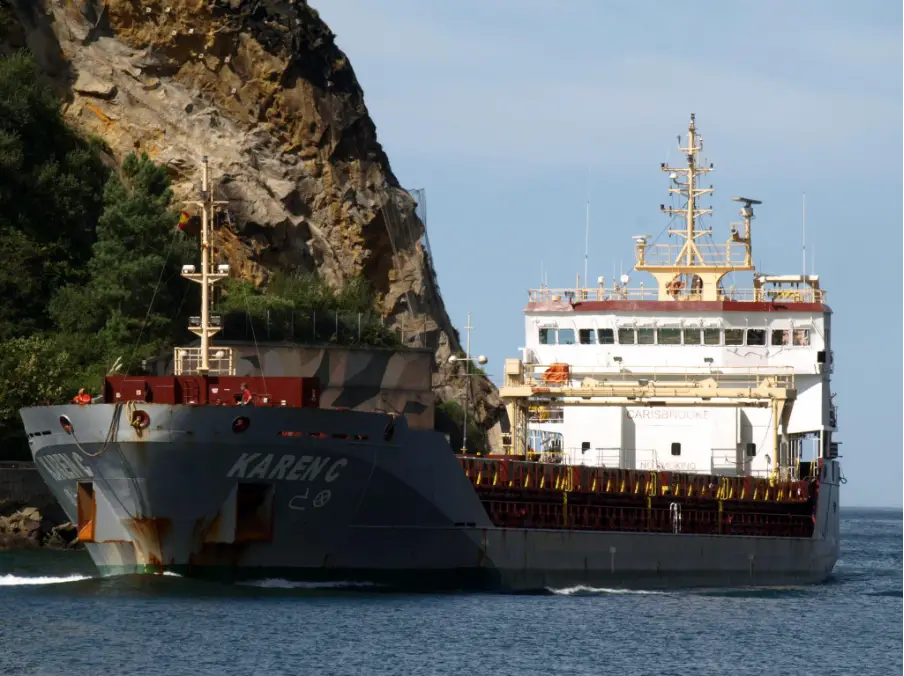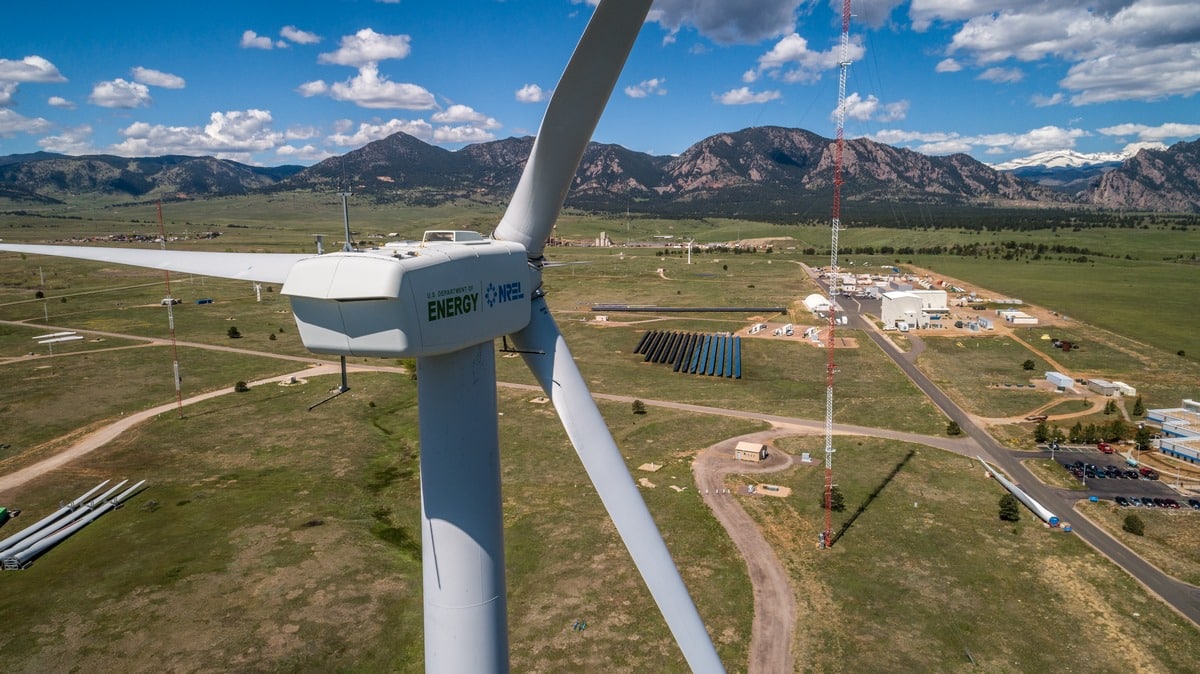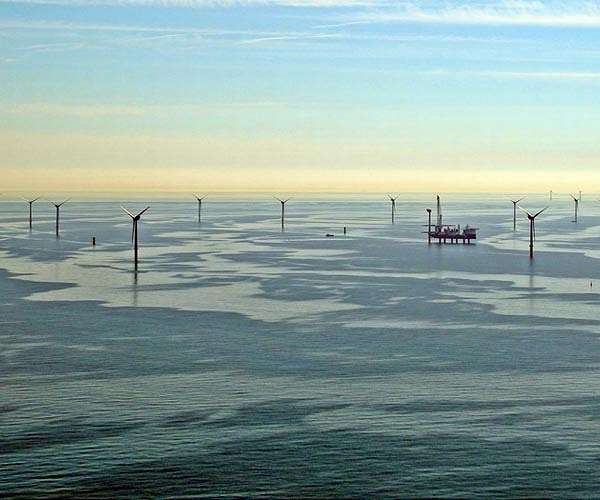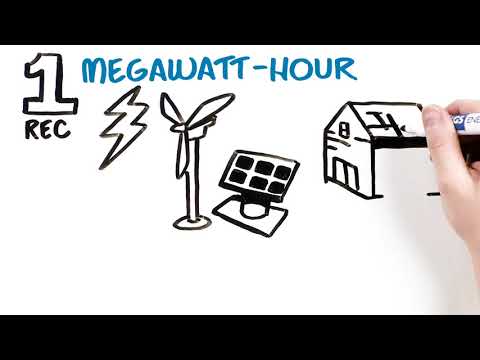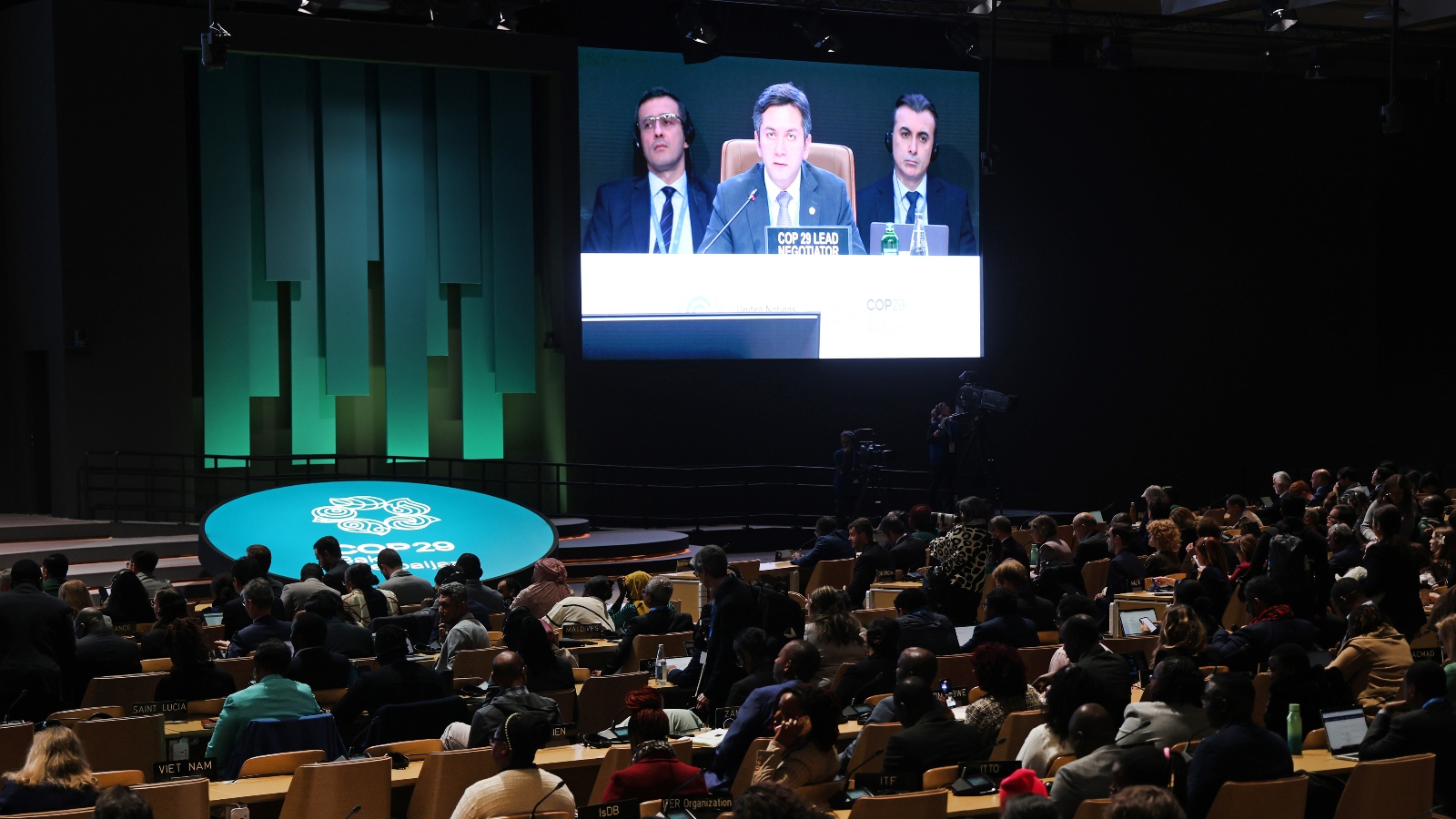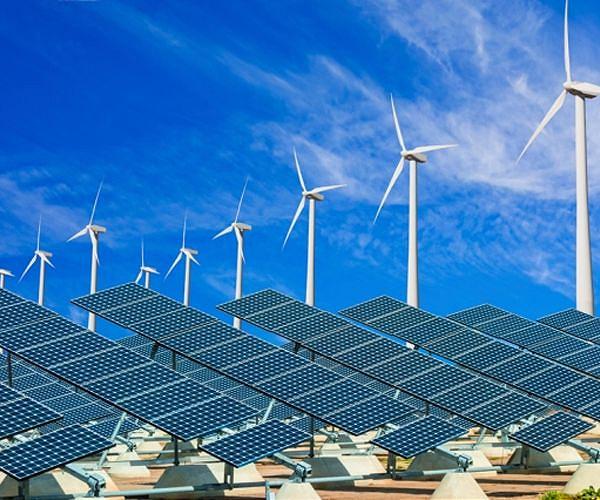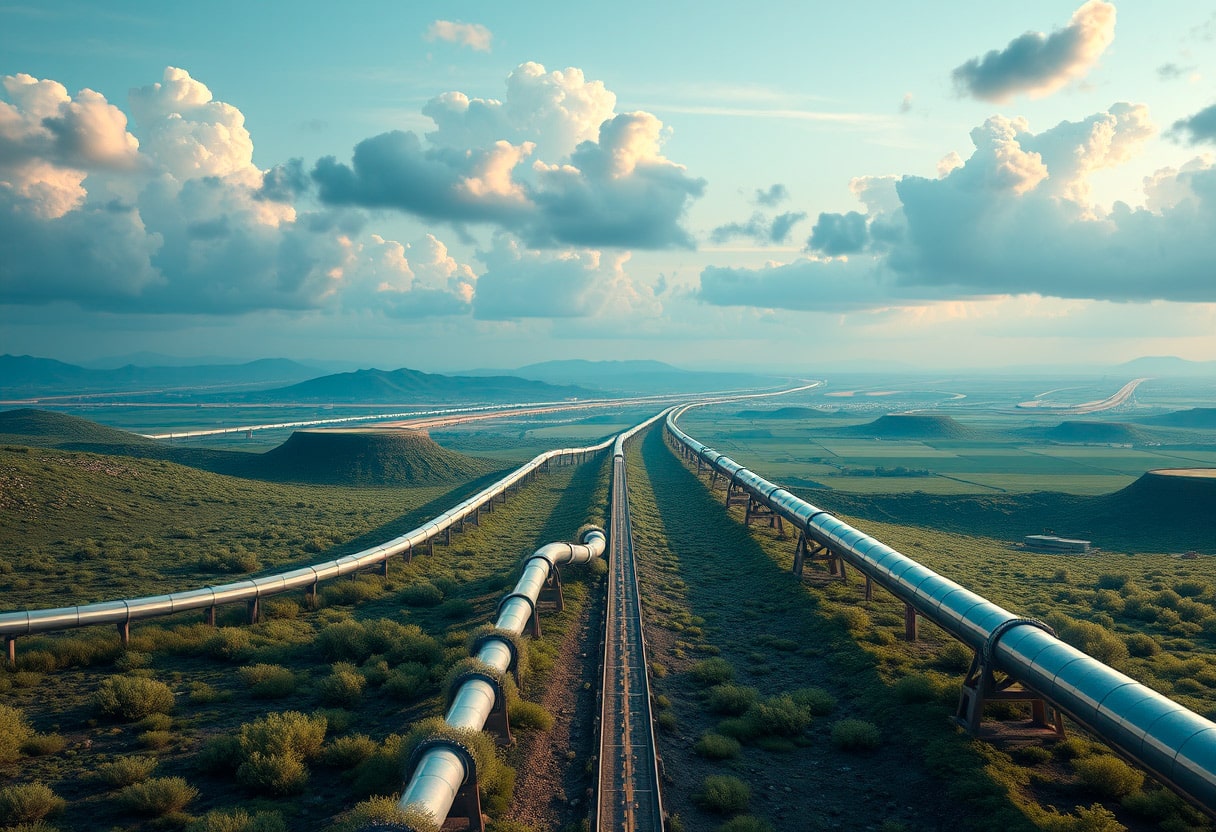
On July 22, 2024, the transmission system operators submitted a draft application to the BNetzA to build the envisaged H2 core grid. With a planned total length of 9,666 km (6,006 mi), it will predominantly consist of converted natural gas pipelines (about 60 percent). The Doing Hydrogen route that was intended as a new construction line in the draft from November 2023 and was supposed to connect the former West Berlin is missing, however. This change was particularly criticized in the capital region.
The industry and trade chambers of the German state of Brandenburg announced in a statement in August 2024 that the “planned rapid conversion of the OPAL line coming from Lubmin (Mecklenburg-Vorpommern, MV) to hydrogen is expressly welcomed.” However, the deletion of the line section from Glasewitz (MV) to Ketzin (Brandenburg) was criticized and an absolutely necessary revision of the core grid application was called for.
As essential reasons for consideration the IHK cited, among other things, the “threat to all project development activities in the area of hydrogen in the northern and western Brandenburg regions,” which also includes, for example, a planned 130-MW electrolysis plant at the Falkenhagen (Prignitz) location. In addition, there are already numerous renewable energy systems in the region of interest that would have to be regularly curtailed due to existing network bottlenecks. Making use of the regulated renewable electricity by producing hydrogen is therefore absolutely essential in order to minimize redispatch costs.
The two-week consultation period ended on August 6, 2024, so no later than two months after submitting the application documents will approval of the final core grid occur on the side of the BNetzA. The first lines are to be converted to hydrogen as early as next year.


